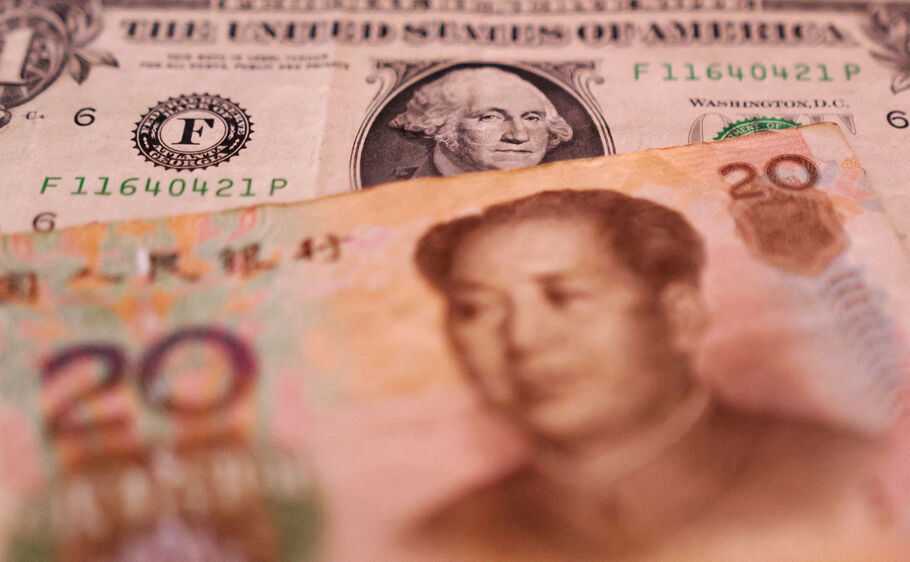USD/CHF trades with negative bias above 0.8100; focus remains on US CPI report

- USD/CHF edges lower on Tuesday amid the lack of follow-through USD buying.
- Rising Fed rate cut bets hold back the USD bulls from placing aggressive bets.
- Traders now look to the crucial US consumer inflation data for a fresh impetus.
The USD/CHF pair attracts some sellers during the Asian session on Tuesday and erodes a part of the previous day's strong move higher to over a one-week top. Spot prices, however, manage to hold above the 0.8100 mark amid mixed fundamental cues, warranting some caution for aggressive bearish traders.
The US Dollar (USD) struggles to build on its gains registered over the past two days amid expectations that the Federal Reserve (Fed) will resume its rate-cutting cycle in September, and acts as a headwind for the USD/CHF pair. Moreover, traders are pricing in the possibility of at least two 25-basis-point Fed rate cuts by the year-end. The bets were lifted by the disappointing US macro data released recently, including the Nonfarm Payrolls report, which signaled that the economy could be weakening.
Meanwhile, persistent trade-related uncertainties might hold back traders from placing aggressive bullish bets around the Swiss Franc (CHF) and help limit deeper losses for the USD/CHF pair. In fact, Switzerland faces a crippling 39% tariff on its exports to the US. Moreover, sources familiar with the matter said that US officials rejected Swiss President Karin Keller-Sutter's demand for a tariff rate of 10%. Apart from this, the underlying bullish sentiment might cap the upside for the safe-haven CHF.
Traders might also refrain from placing aggressive directional bets around the USD/CHF pair and opt to wait for the release of the latest US consumer inflation figures, due later during the North American session. The crucial US Consumer Price Index (CPI) report will be looked upon for fresh cues about the Fed's rate-cut path, which, in turn, should drive the USD demand in the near term. Apart from this, speeches from influential FOMC members should provide some meaningful impetus to the pair.
Tariffs FAQs
Tariffs are customs duties levied on certain merchandise imports or a category of products. Tariffs are designed to help local producers and manufacturers be more competitive in the market by providing a price advantage over similar goods that can be imported. Tariffs are widely used as tools of protectionism, along with trade barriers and import quotas.
Although tariffs and taxes both generate government revenue to fund public goods and services, they have several distinctions. Tariffs are prepaid at the port of entry, while taxes are paid at the time of purchase. Taxes are imposed on individual taxpayers and businesses, while tariffs are paid by importers.
There are two schools of thought among economists regarding the usage of tariffs. While some argue that tariffs are necessary to protect domestic industries and address trade imbalances, others see them as a harmful tool that could potentially drive prices higher over the long term and lead to a damaging trade war by encouraging tit-for-tat tariffs.
During the run-up to the presidential election in November 2024, Donald Trump made it clear that he intends to use tariffs to support the US economy and American producers. In 2024, Mexico, China and Canada accounted for 42% of total US imports. In this period, Mexico stood out as the top exporter with $466.6 billion, according to the US Census Bureau. Hence, Trump wants to focus on these three nations when imposing tariffs. He also plans to use the revenue generated through tariffs to lower personal income taxes.






